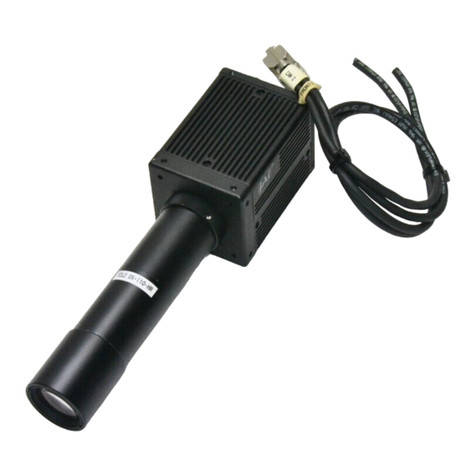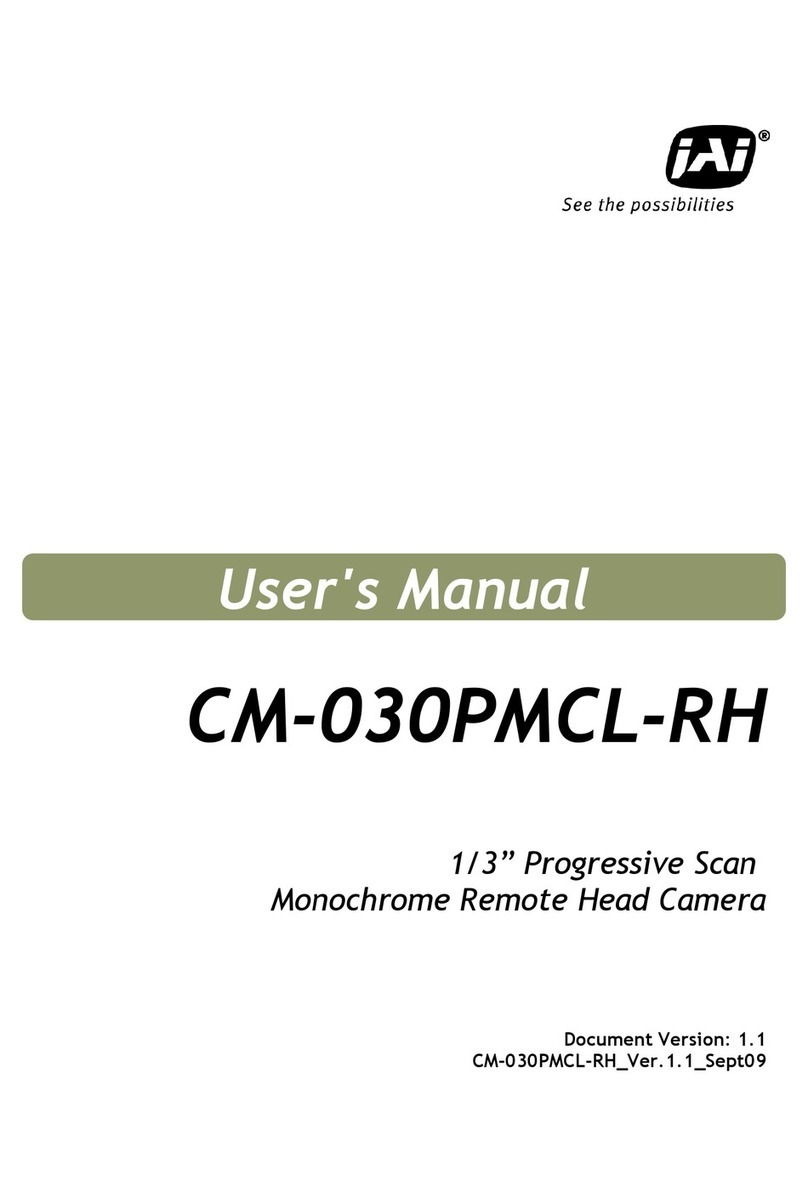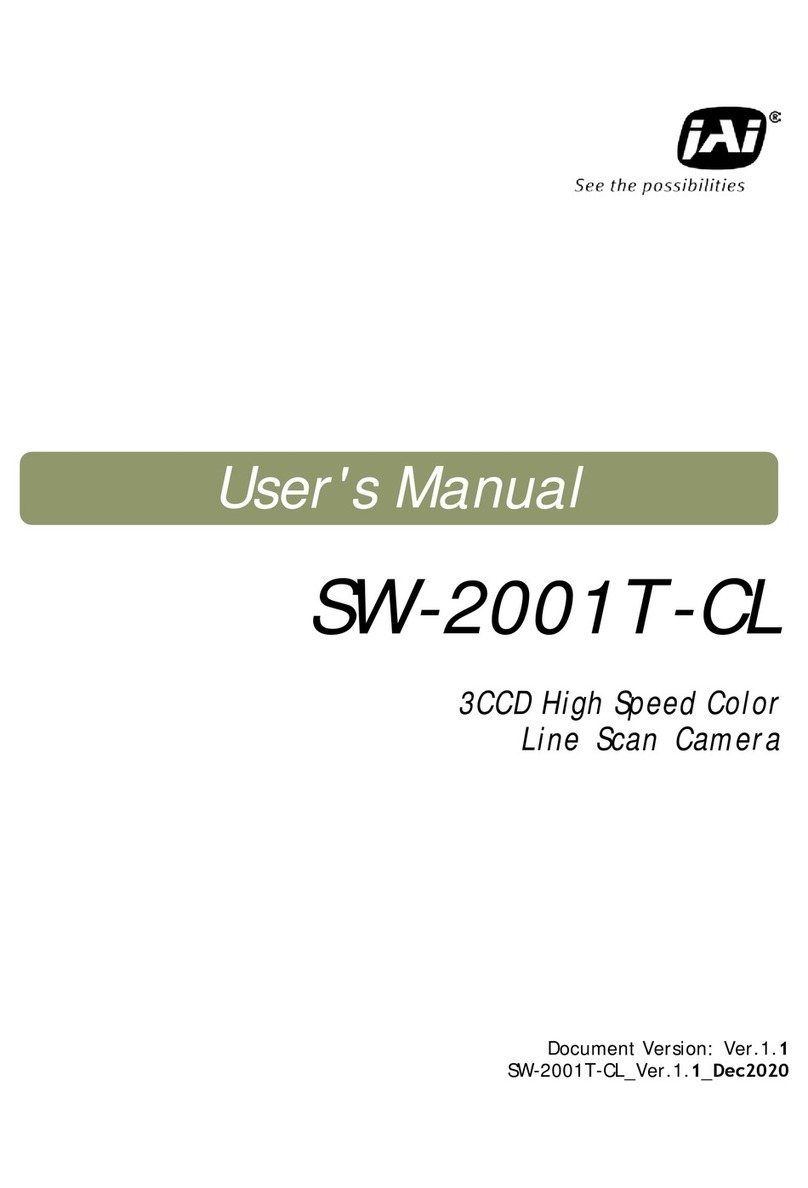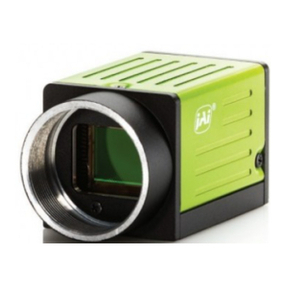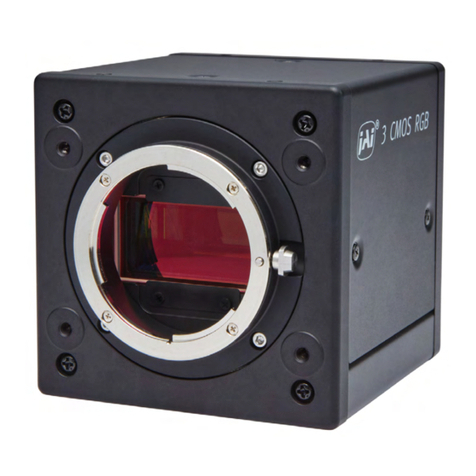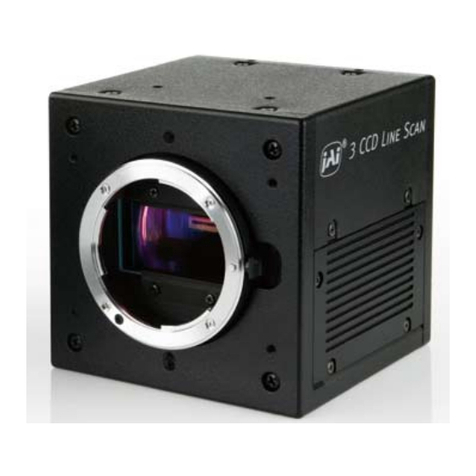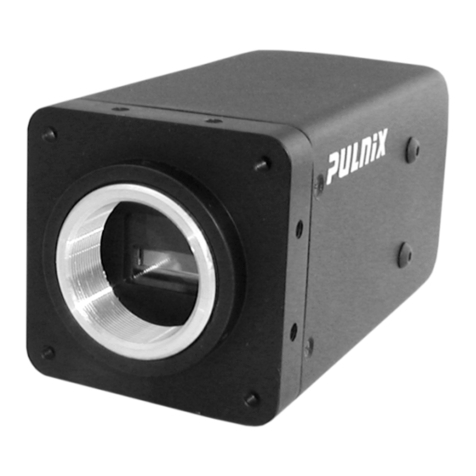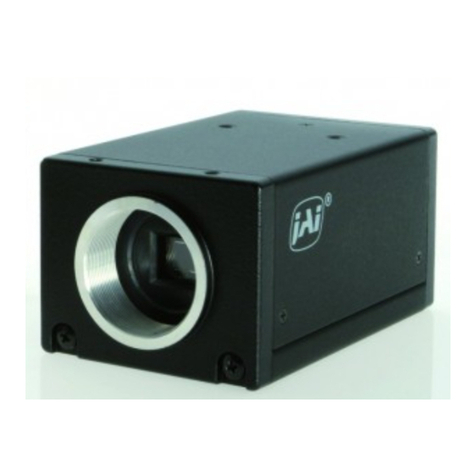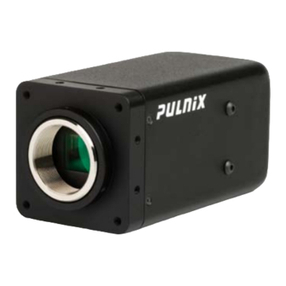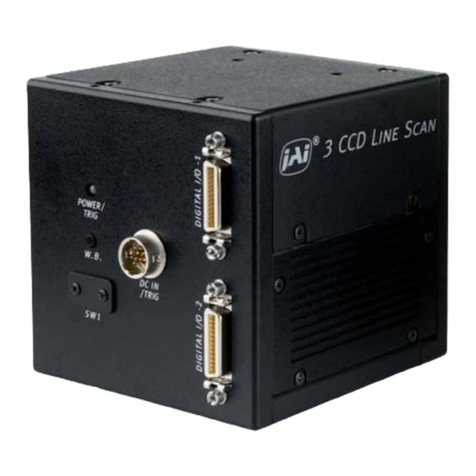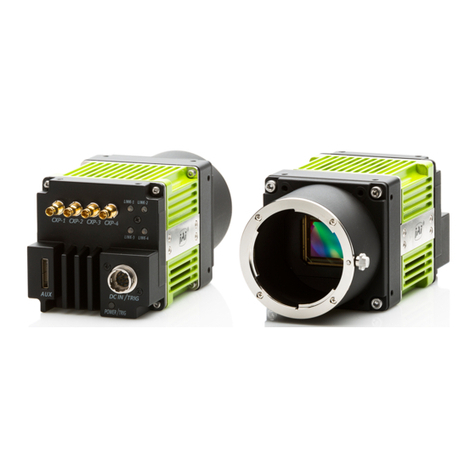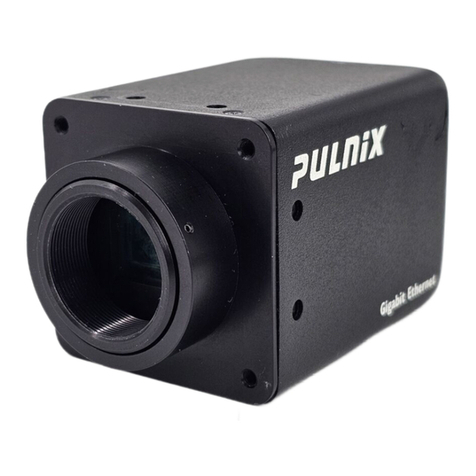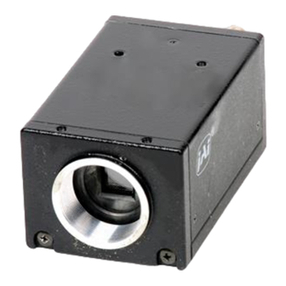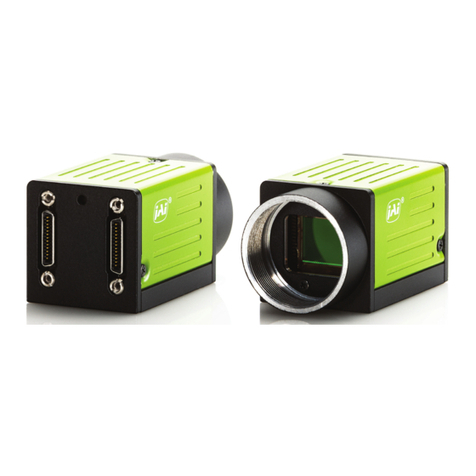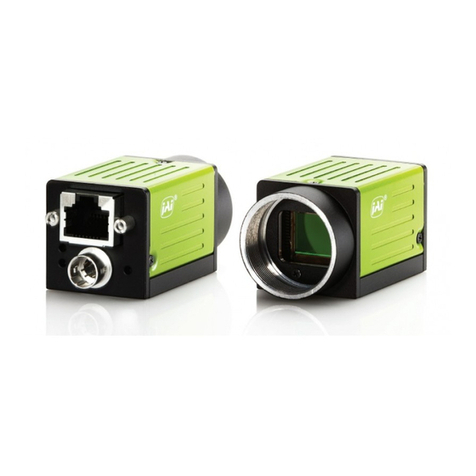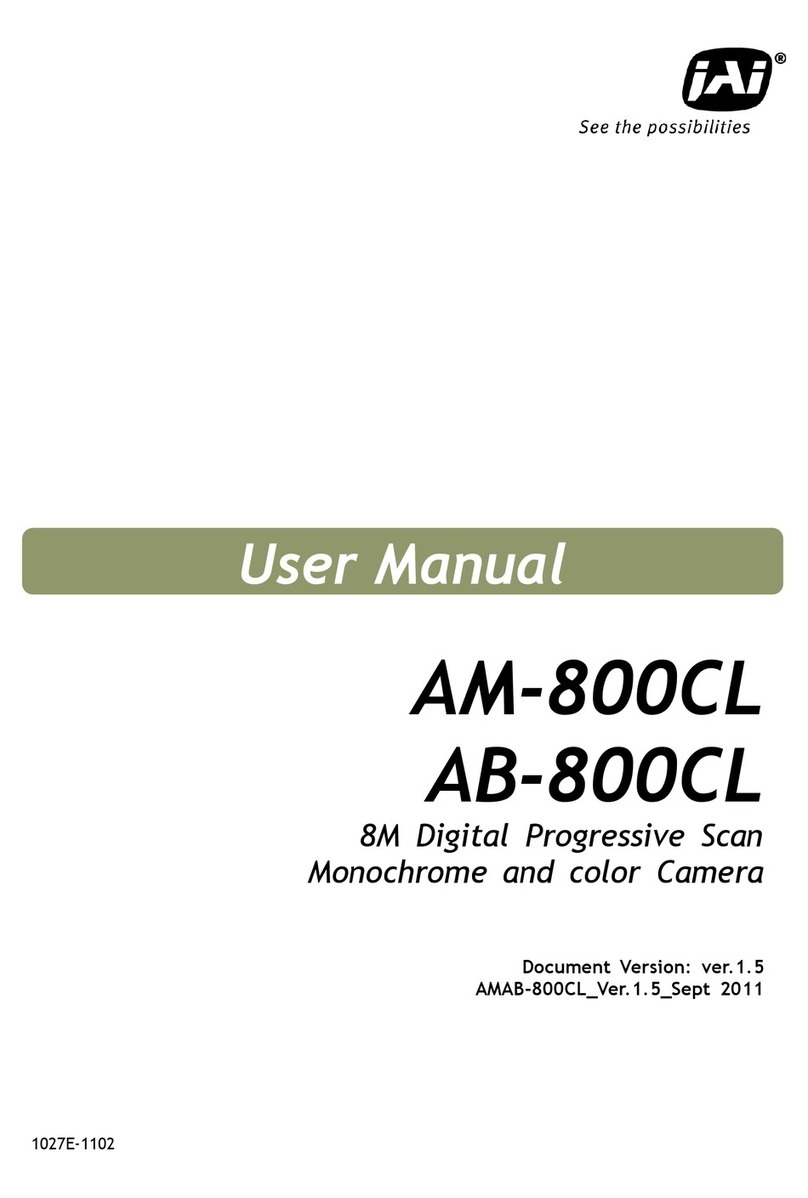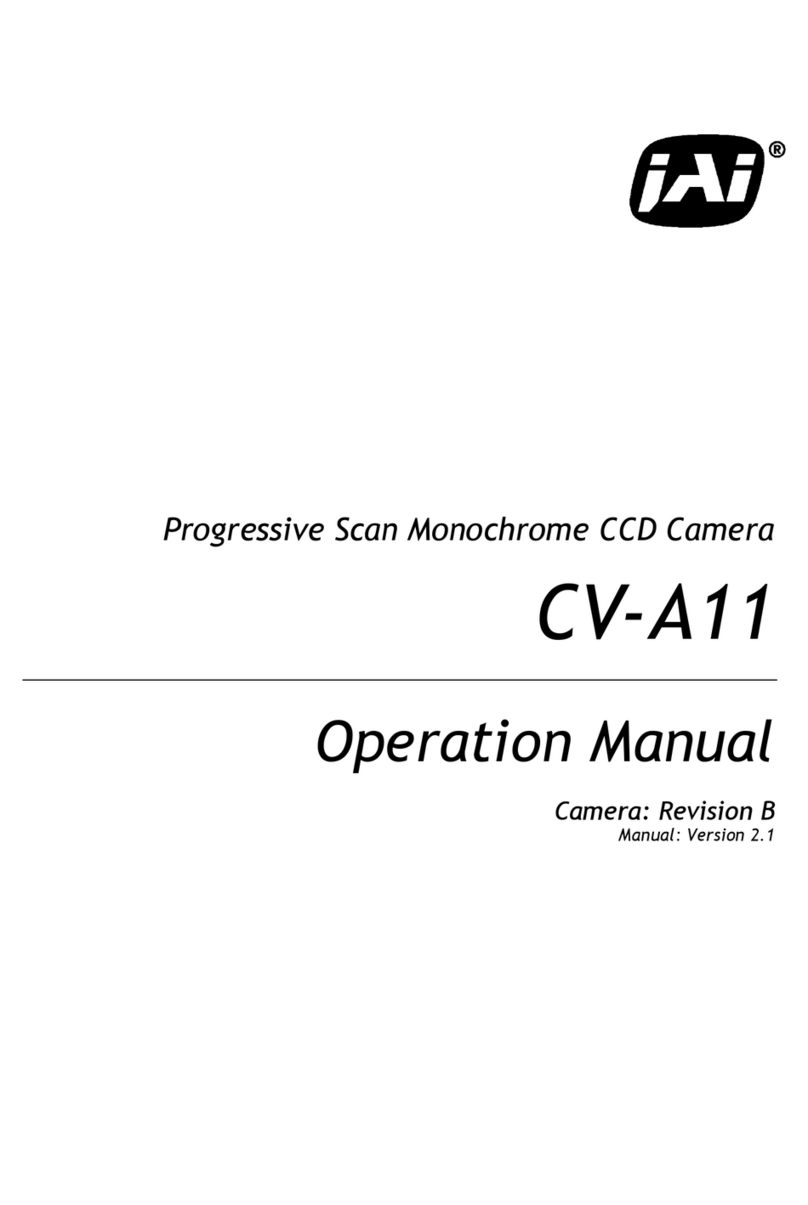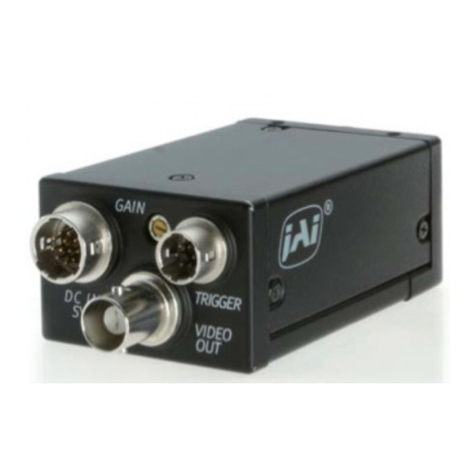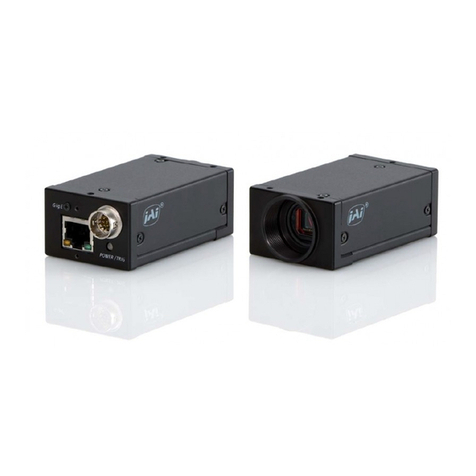CV-M77
1General...................................................................................................................... 5
2Standard Composition............................................................................................. 5
3Main Features ........................................................................................................... 5
4Camera Housing and Dimensions .......................................................................... 6
5Pin Assignment ........................................................................................................ 7
5.1 12-pin Multi-connector (DC-IN/SYNC.).................................................................................... 7
5.2 6-pin Multi-connector (RS 232C/TRIGGER)............................................................................ 7
5.3 9-pin DSUB-connector (RGB/SYNC.) .....................................................................................8
5.4 Input and Output Circuits.........................................................................................................9
5.4.1 Video input ........................................................................................................................... 9
5.4.2 Trigger input ........................................................................................................................ 9
5.4.3 HD and VD input ..................................................................................................................9
5.4.4 HD, VD, PCLK, WEN and EEN output.................................................................................... 9
6Functions and Operation....................................................................................... 10
6.1 Input/Output of HD/VD Signal................................................................................................ 10
6.1.1 Input of External HD/VD signals......................................................................................... 10
6.1.2 Output of Internal HD/VD signals ....................................................................................... 10
6.2 Continuous operation ............................................................................................................10
6.3 External Trigger Mode...........................................................................................................10
6.3.1 Edge Pre-select Trigger Mode ........................................................................................... 10
6.3.2 Pulse Width Control Trigger Mode ..................................................................................... 11
6.3.3 Frame-delay Readout Mode .............................................................................................. 12
6.3.4 Long Time Exposure Mode ................................................................................................ 12
6.4 Timing diagram for Horizontal and Vertical Sync. Video Output ........................................... 13
6.5 Timing diagram for Edge Pre-select mode............................................................................ 14
6.6 Timing diagram for Pulse Width Control mode...................................................................... 14
6.7 Timing diagram for Frame-delay Readout mode................................................................... 14
6.8 Timing diagram for Long Time Exposure mode .................................................................... 15
7Configuring the camera using the serial interface.............................................. 16
7.1 Mode Setting using ASCII commands via the RS-232C port. ............................................... 16
7.2 Communication setting..........................................................................................................16
7.3 Command Protocol................................................................................................................16
7.3.1 Receiving Data (Camera->PC) ..........................................................................................17
7.4 RS232C Cable Connections.................................................................................................. 18
8Switch Settings ...................................................................................................... 19
8.1 Mode Settings by Switch ....................................................................................................... 19
8.2 Signals by Switch Settings ....................................................................................................19
8.2.1 SW301 switch ....................................................................................................................19
8.2.2 SW302 switch ....................................................................................................................20
8.2.3 SW303 switch ....................................................................................................................20
9Jumper settings ..................................................................................................... 21
9.1 Jumper locations ................................................................................................................... 21
9.2 Jumper table.......................................................................................................................... 22
10 CV-M77 Camera Control Tool................................................................................ 23
11 Specifications......................................................................................................... 25
11.1 Spectral sensitivity ............................................................................................................. 26
12 Appendix................................................................................................................. 27
12.1 Precautions ........................................................................................................................ 27
12.2 Typical CCD Characteristics .............................................................................................. 27
12.2.1 Smear ............................................................................................................................. 27
12.2.2 Aliasing ........................................................................................................................... 27
12.2.3 Blemishes .......................................................................................................................27
- 3 -
